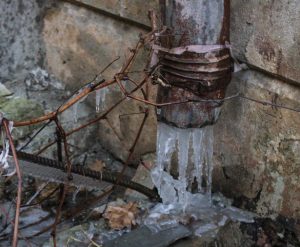
 During the winter months,
During the winter months,
the risk of frozen pipes becomes a concern for many homeowners. Frozen pipes can lead to costly damages and inconvenience. However, with some preventative measures, you can safeguard your plumbing system and avoid the headache of dealing with frozen pipes. In this article, we’ll explore some effective tips to help you prevent frozen pipes during the winter months.
Conclusion: Preventing frozen pipes during the winter months requires proactive measures and vigilance. By insulating pipes, sealing draughts, maintaining consistent interior temperatures, and taking other preventative steps, you can minimise the risk of frozen pipes and avoid costly repairs. Remember to act quickly if you suspect a pipe is frozen and take steps to thaw it out before it causes damage. With these tips, you can enjoy a worry-free winter without the threat of frozen pipes.







